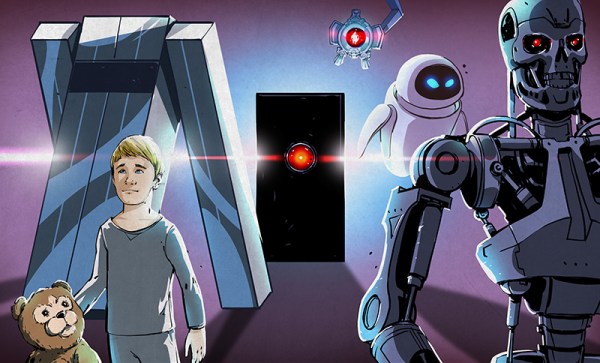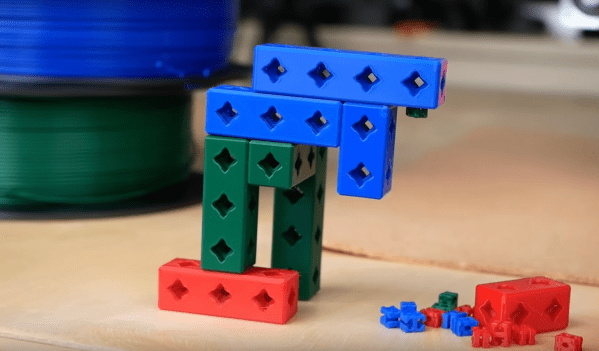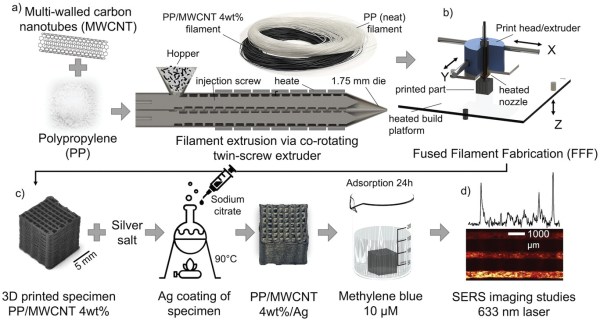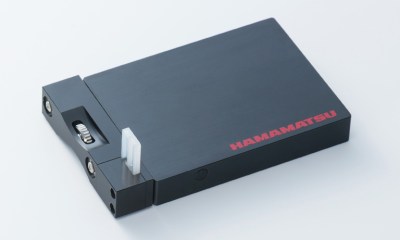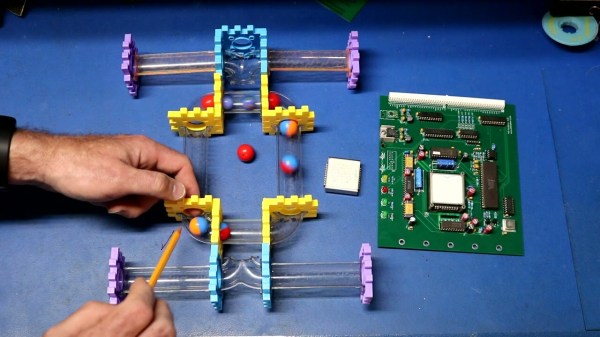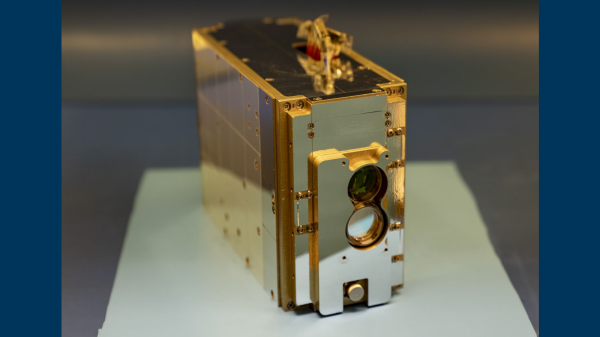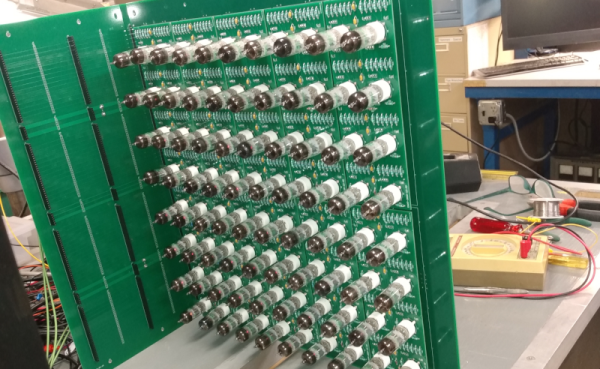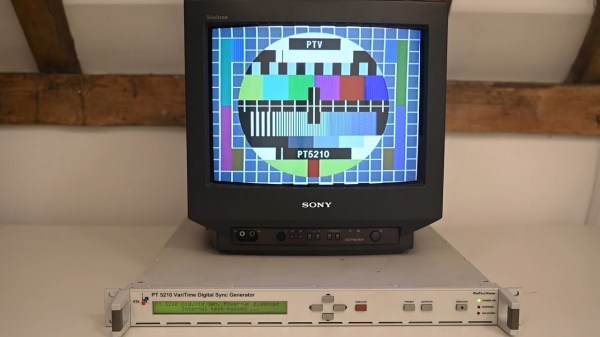The Propellerheads released a song in 1998 entitled “History Repeating.” If you don’t know it, the lyrics include: “They say the next big thing is here. That the revolution’s near. But to me, it seems quite clear. That it’s all just a little bit of history repeating.” The next big thing today seems to be the AI chatbots. We’ve heard every opinion from the “revolutionize everything” to “destroy everything” camp. But, really, isn’t it a bit of history repeating itself? We get new tech. Some oversell it. Some fear it. Then, in the end, it becomes part of the ordinary landscape and seems unremarkable in the light of the new next big thing. Dynamite, the steam engine, cars, TV, and the Internet were all predicted to “ruin everything” at some point in the past.
History really does repeat itself. After all, when X-rays were discovered, they were claimed to cure pneumonia and other infections, along with other miracle cures. Those didn’t pan out, but we still use them for things they are good at. Calculators were going to ruin math classes. There are plenty of other examples.
This came to mind because a recent post from ACM has the contrary view that chatbots aren’t able to help real programmers. We’ve also seen that — maybe — it can, in limited ways. We suspect it is like getting a new larger monitor. At first, it seems huge. But in a week, it is just the normal monitor, and your old one — which had been perfectly adequate — seems tiny.
But we think there’s a larger point here. Maybe the chatbots will help programmers. Maybe they won’t. But clearly, programmers want some kind of help. We just aren’t sure what kind of help it is. Do we really want CoPilot to write our code for us? Do we want to ask Bard or ChatGPT/Bing what is the best way to balance a B-tree? Asking AI to do static code analysis seems to work pretty well.
So maybe your path to fame and maybe even riches is to figure out — AI-based or not — what people actually want in an automated programming assistant and build that. The home computer idea languished until someone figured out what people wanted to do with them. Video cassette didn’t make it into the home until companies figured out what people wanted most to watch on them.
How much and what kind of help do you want when you program? Or design a circuit or PCB? Or even a 3D model? Maybe AI isn’t going to take your job; it will just make it easier. We doubt, though, that it can much improve on Dame Shirley Bassey’s history lesson.

